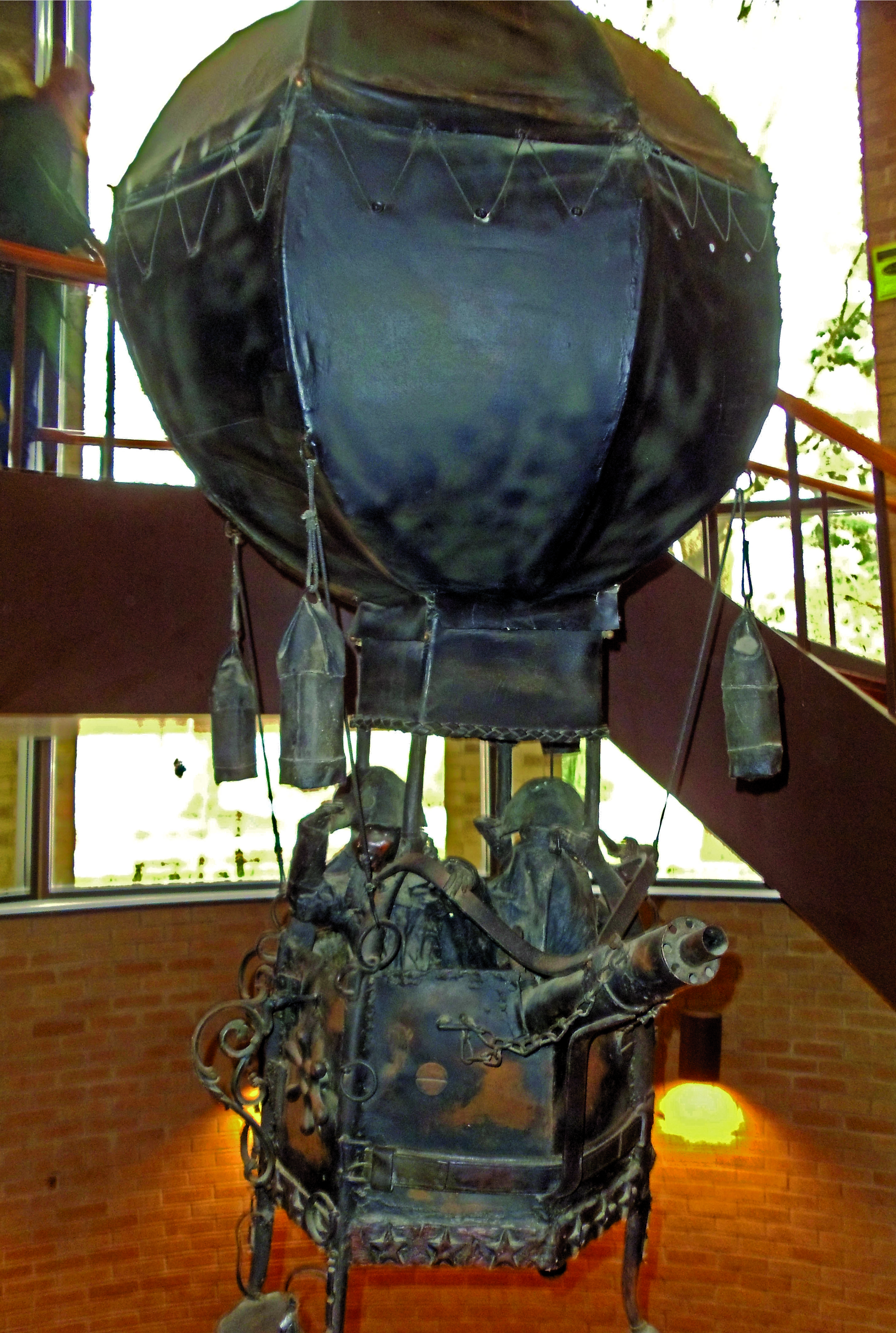
How Lowry got its very own hot air balloon
Bob West
Photos Editor
Most of the sculptures that ornament our campus have questionable aesthetic appeal, such as the College’s 2008 acquisition entitled “Omnibus,” a John Buck sculpture that readily announces the College’s continued interest in all things global, globalizing or already globalized. Buck’s sculpture makes globalization accessible to even the non-analytical viewer: as the statue is, in fact, a globe. Some sculptures on campus do, however, have deep roots and manage to avoid spoon-feeding metaphors about the one big global vehicle that humanity inhabits.
Printed next to an advertisement for a 1973 Gran Torino automobile selling for $500, the Voice had an article entitled “Lost War Bird Will Return.” The Oct. 3, 1980 article was not about a political visit to campus from a Republican candidate, nor was it about a Vietnam veteran wandering about Wooster. “Lost War Bird No. 1” is a metal sculpture that most, if not all, Wooster students see every day of the week. Occupying the center of the Lowry Center spiral staircase, the sculpture is of curious origins.
In 1967 the Wooster Art Museum housed an exhibition of what The Daily Record called “junk sculpture.” Amidst the collection was a large sculpture of a hot air balloon. Dressed in 19th century garb, two men sit in the basket of the balloon. One peers into a looking glass and the other into a large turret machine gun: the sculpture has character both aesthetically and historically.
“Lost War Bird No. 1” was purchased through the combined efforts of the enrolled student body in 1967. The listing price was $900 and students spearheaded a campaign to purchase the statue. Sue Baker, an Art History major in 1967, published flyers addressing the student body, “if we each give fifty cents ‘Lost War Bird No. 1’ is ours” and in one week the student body had raised $600 dollars. Artist John Balsley accepted the offer despite the missing $300 dollars. Balsley reportedly said the enthusiasm of the student body more than made up for $300 dollar loss.
The 1980 “Lost War Bird Will Return” article commented on the restoration of the sculpture, which was necessary after the statue fell to the basement floor of Lowry Center. Apparently the sculpture slowly rotated until it unscrewed from the ceiling, a dangerous situation that has long since been remedied. Special thanks to the Andrews Library Special Collections for their help in researching Lost War Bird No. 1.

You know, in all of my years at Wooster, I don’t think I ever realized that the second guy is holding a machine gun turret. Who knew.